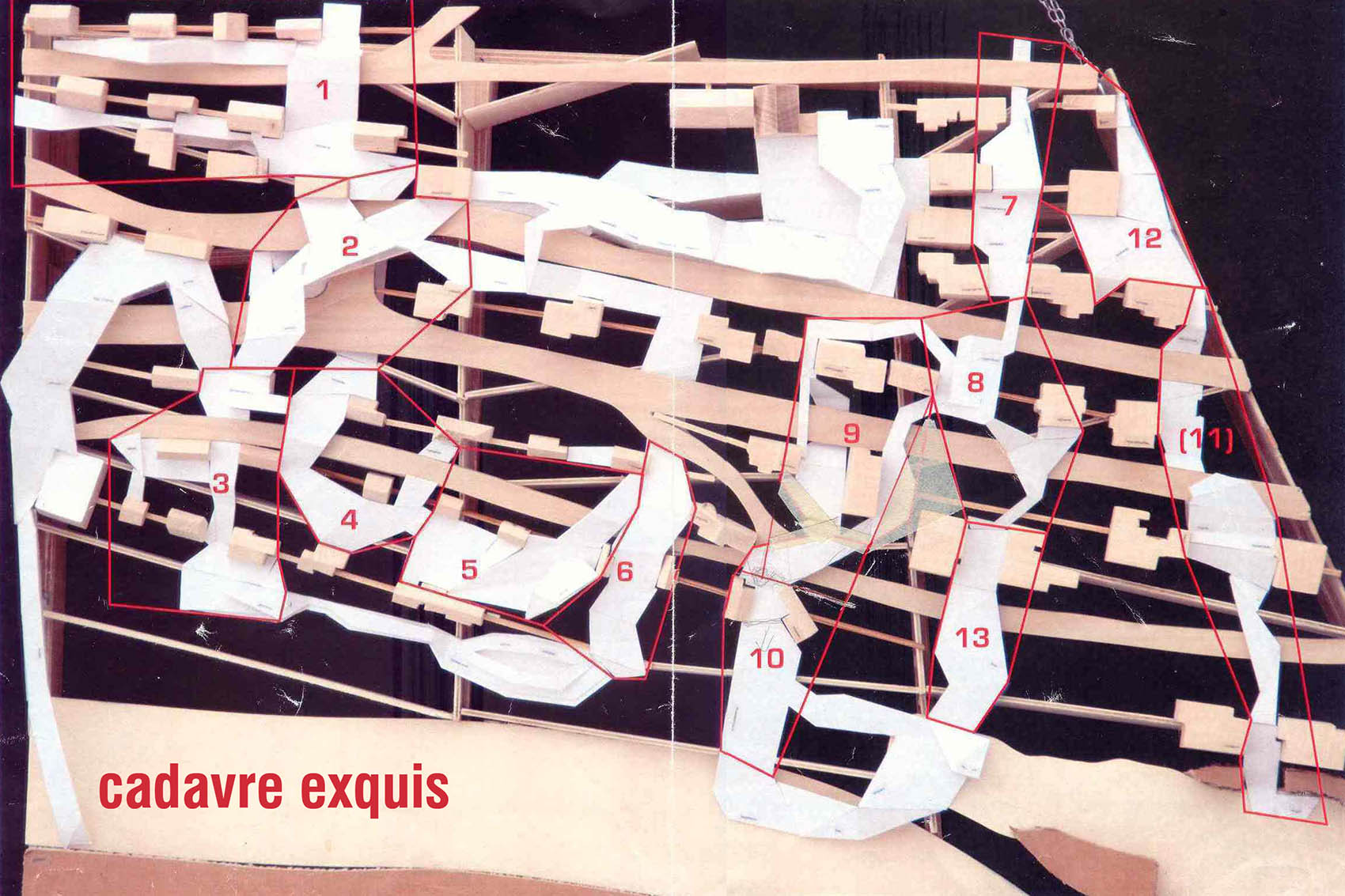In a sunny late-October week, an interdisciplinary team of seven landscape architecture students and six architecture students made an intensive field trip to the city of Mostar, Bosnia and Herzegovina, together with Saskia de Wit, Armina Pilav and Aleksandar Stanicic from TU Delft. On site, they were joined by Damir Ugljen, independent researcher in archeology, social anthropology and spatial inquiry, and Matija Kralj, experimental media artist and filmmaker.
The intention of the research and design studio ‘Neretva Recollections: materiality of war, flowing memories and living archive’ is to explore the urban and landscape transformations of the Neretva River, the river banks and the city of Mostar, that started in the wartime between 1992-1996, and to translate these explorations in a design intervention.
With this in mind, we roamed the city, talked to NGO’s and inhabitants, and explored the river banks, collecting stories, archival documents, materials, and experiences. 25 years later, the scars of the war are visible everywhere, in the broken urban pattern, in the stories of the inhabitants, in the contaminated and abandoned river, in the public institutions. It is almost as if Mostar is two different cities, awkwardly smushed up against each other. There are two separate bus companies, two soccer teams, two hospitals, two universities, two post offices, two taxi companies… two of almost everything. We had our working space in the local rowing and diving club, one of the few institutions that was not ethnically divided.
How to work as landscape architects and architects in this difficult context, is a question that has no straightforward answer, and the difficult task that our students will face in the next ten months of their graduation project…



